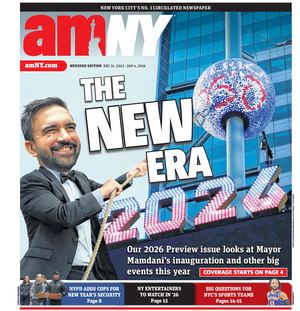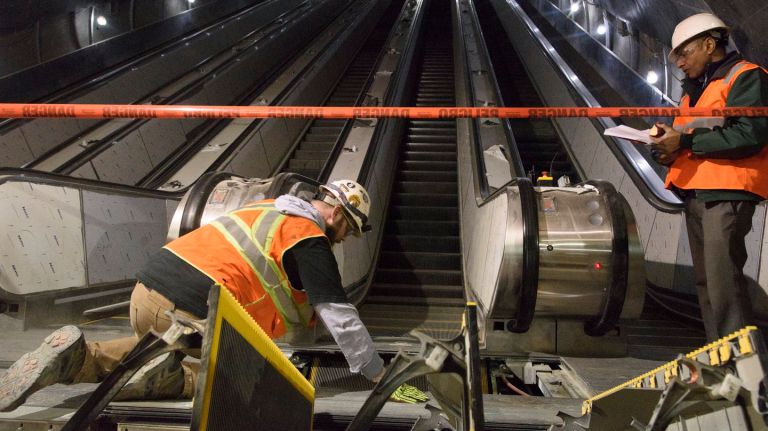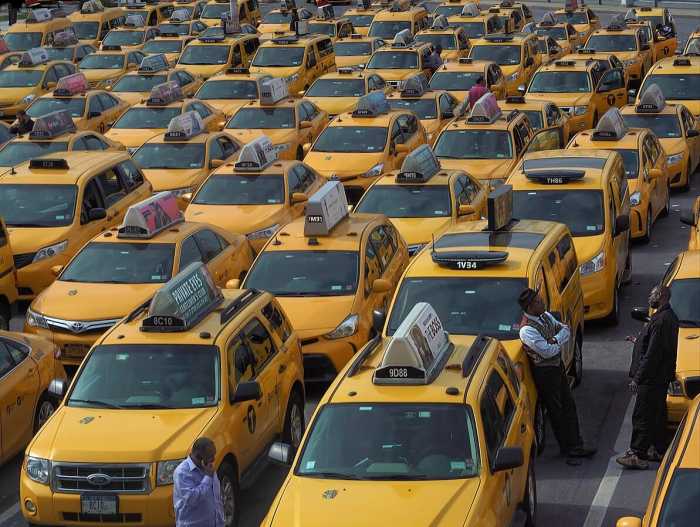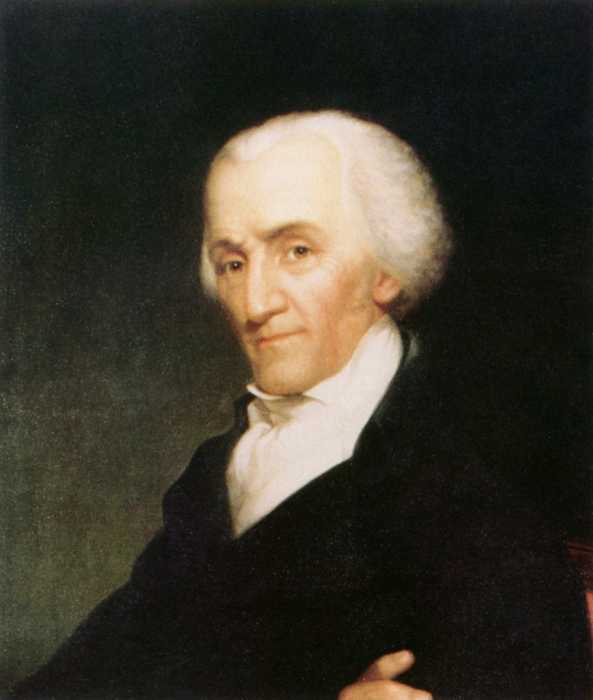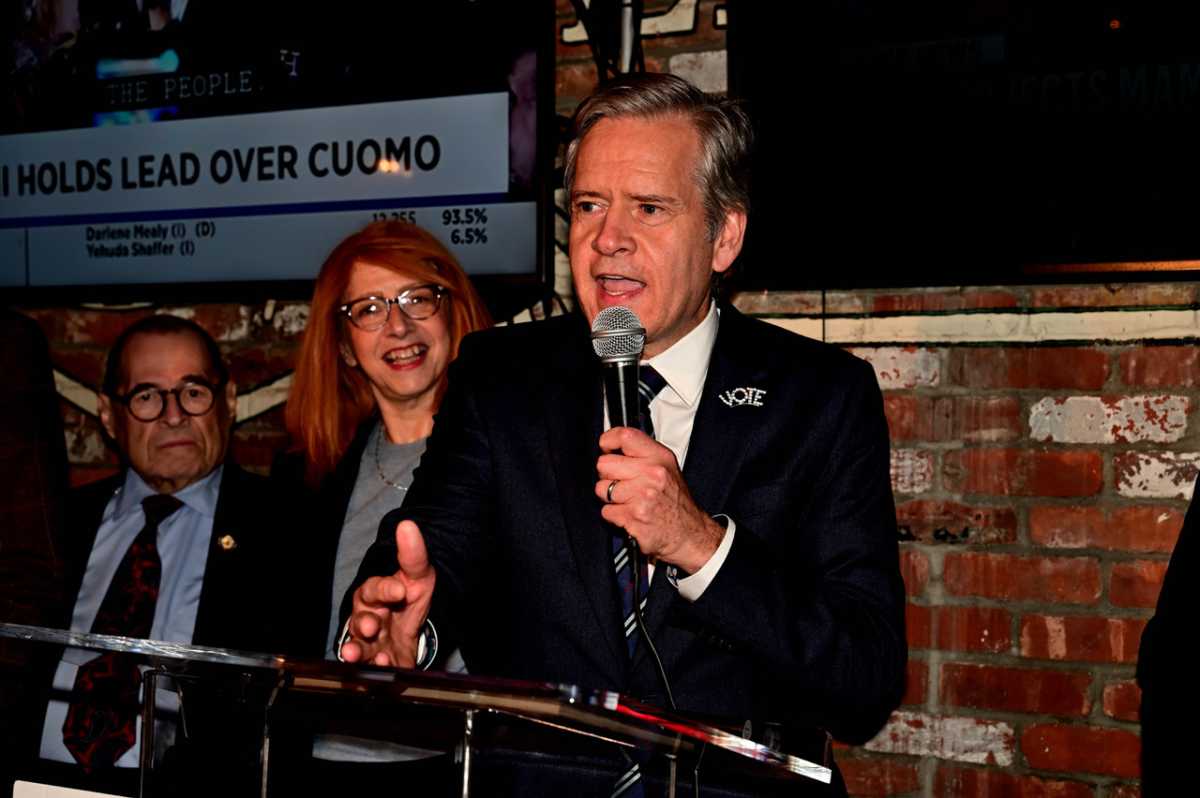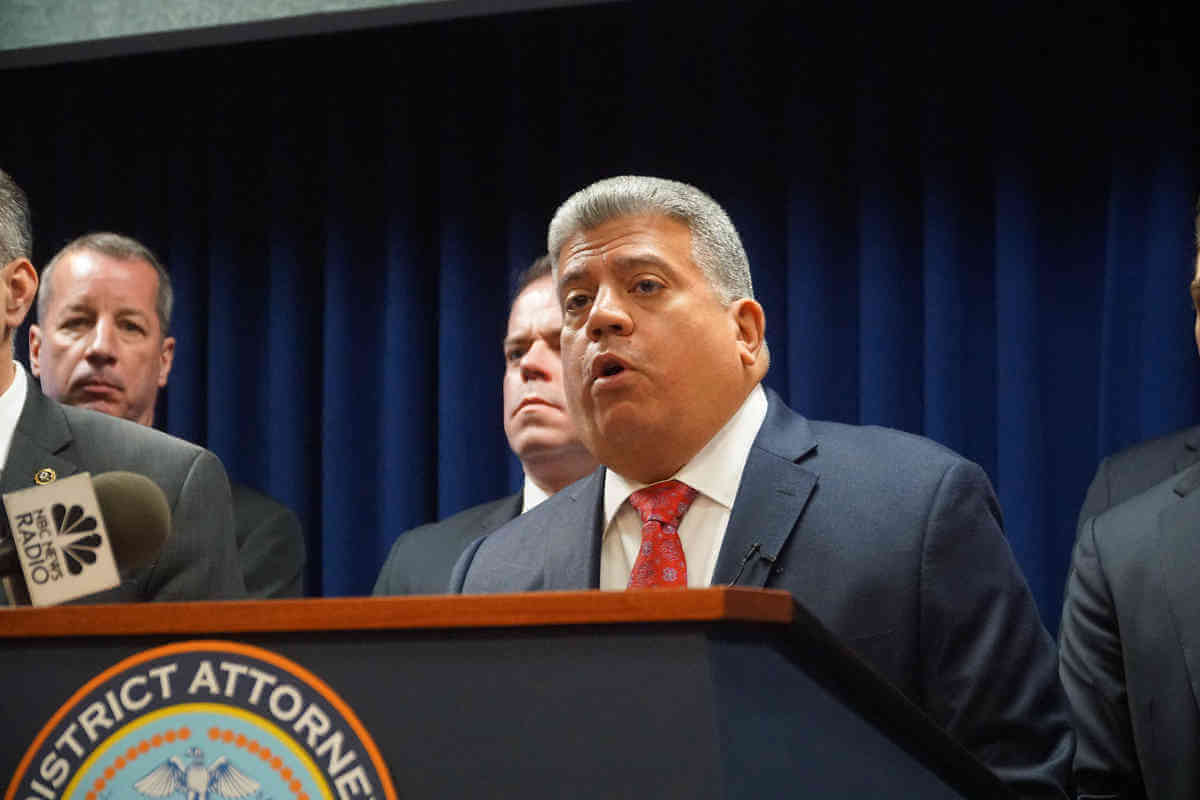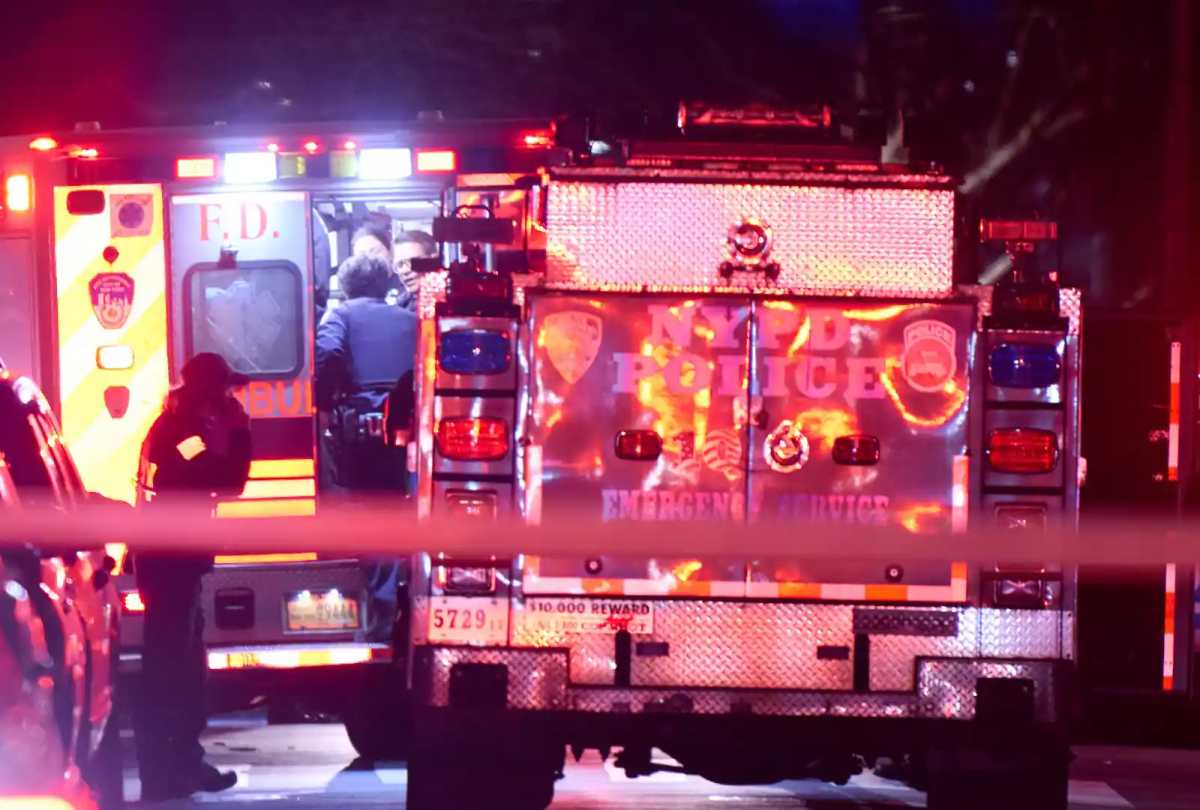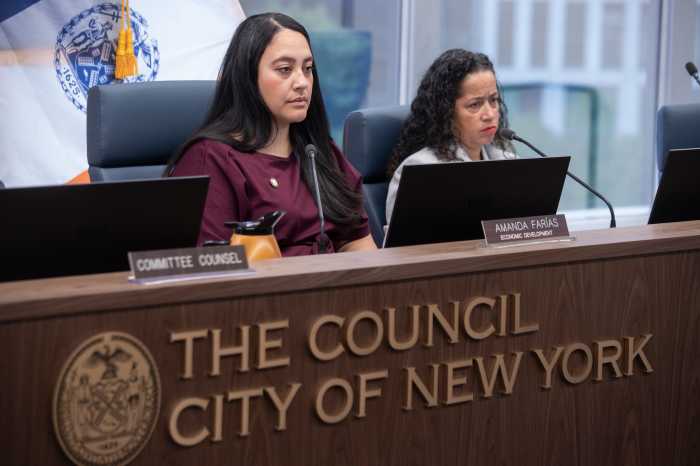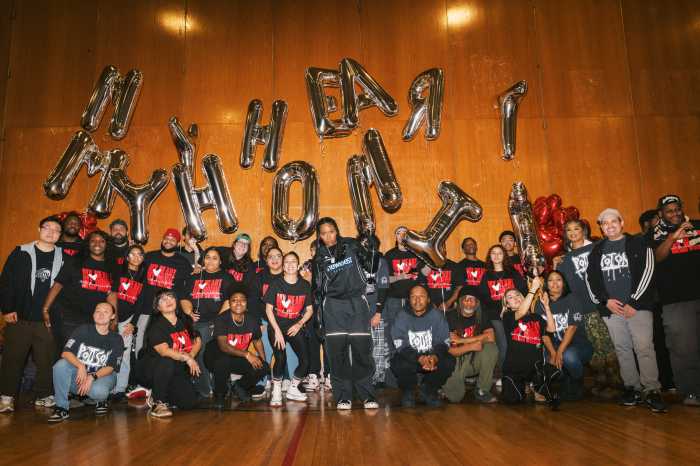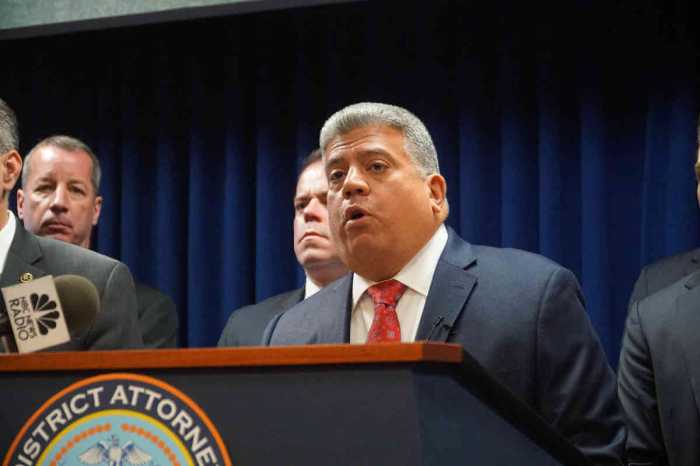
If you duck through the wrong door in Grand Central Terminal, you might stumble into East Side Access: the more-than-$11-billion-and-counting mammoth transit project that the MTA has worked on for more than a decade.
Today it involves some 2,000 contractors and workers, a brand-new tunnel more than a hundred feet below Manhattan, and the rebirth of an unused old one under the East River between Queens and Manhattan — all to bring the Long Island Rail Road to the transit hub of Grand Central.
New York City is known for nearly neverending transit projects, but even in that dismal pantheon East Side Access is special. It was envisioned decades ago and meant to be completed by 2009. But there have been delays and cost overruns since then, thanks to insane logistics and byzantine staffing and procurement requirements, among other nightmares. Last month we had version 8.0 or so of that, when project managers reported that East Side Access would cost another billion more.
That led to harsh words from city officials who understandably want more cash and attention for the beleaguered subway system. New York City residents and all those sitting in stalled subway cars might feel similarly and want to know: What do they get out of this MTA megaproject?
Into the belly of the city
amNewYork’s editorial board went on a tour of the sprawling construction zone. We began in bustling Long Island City and ended many stories below Grand Central’s food court, where a new concourse has been carved out of rock for LIRR trains that will someday shuttle upward of 150,000 passengers a day into Manhattan.
It’s the kind of big regional project that is unusual these days, and MTA Chief Development Officer Janno Lieber argued that such regional thinking can be important for the metro area, plus being urgent for riders coming in from Long Island.
The mutual benefits start with the fact that East Side Access and other LIRR improvement projects will increase train service between Manhattan and Long Island by 45 percent in the coming years.
Right now, the LIRR isn’t particularly helpful if you’re “reverse commuting” away from NYC. More frequent train service means city residents could reach jobs in the nearby suburbs, particularly those in LIRR-adjacent subway-transit deserts of outer Queens who are closer to Long Island than Manhattan anyway.
The new train link could benefit businesses on the East Side of Manhattan, which will see more foot traffic from Long Islanders coming to the city without stopping at Penn Station.
And having a new connection point for NY’s various regional railroads can create interesting new routes, such as Grand Central to Jamaica for the AirTrain to get to Kennedy Airport.
(All this, Lieber noted somewhat wryly, without substantial disruption to Manhattan while an entire tunnel was dug underneath. The project’s staging ground was in Queens, meaning that equipment and even workers had to go through the tunnels toward Grand Central as they worked, sometimes resulting in a half-hour commute.)
These are some of the more obvious benefits of the project and truly regional connections, though city needs are more of a bonus than the main event. Construction of a proposed new LIRR station in Sunnyside, which could be helpful for city riders, is slotted for the end of the mammoth project, with funding not detailed in the current MTA capital program.
Thinking big again
But Lieber presented maybe the best argument for East Side Access as we drove under the East River in a heavy-duty golf cart on a puddled path where tracks would soon go. This particular subterranean stretch had actually been constructed in the 1970s for both commuter and subway trains, part of a bi-level tunnel, half of which was used to bring F service to Queens. The bottom was built, but not used.
“It was visionary,” said Lieber.
It was the kind of far-thinking planning that might prompt jealousy in transit-starved city neighborhoods: the possibility for whole new tunnels, whole new lines and routes.
The MTA’s poor recent track record on projects like East Side Access or the Second Avenue Subway has meant a loss of trust in the lumbering state-controlled creature to build big anymore. The MTA’s capital costs per mile are embarrassing. Convoluted and unstreamlined approval processes slowed down and added expense to this project. One reason that East Side Access needed more money this time around is that the MTA ordered steel beams that were designed incorrectly. We walked under the new, correct ones, on our tour.
The major work for the project seems close to done. Under Grand Central, workers were even testing a super-long escalator. The current completion-date is scheduled for 2022, and it’s bad transit luck to wish fellow travelers ill when their commute-easing projects are almost finished. But if the MTA can stick to the deadline and learn some lessons from the long bumbling haul that came before it, maybe we can think big again for other projects in New York.
